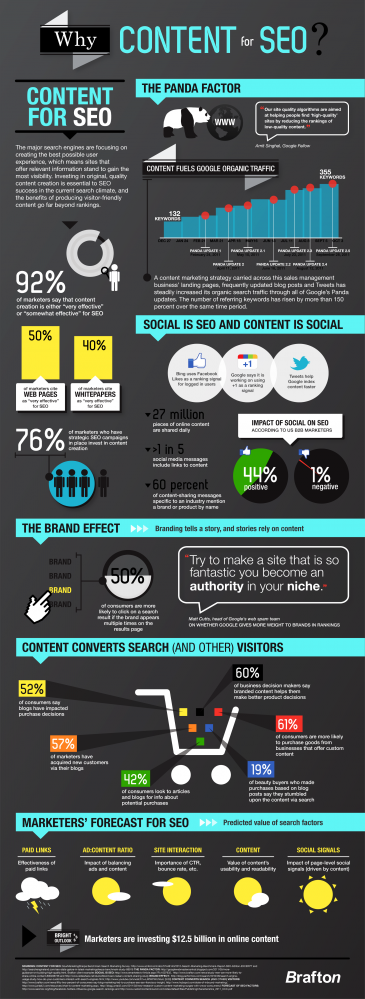Print media as a whole is not going away, just as radio did not go away as TV became an entrenched media source for America and for the world. Radio did not go away, but it changed radically. Families stopped sitting around their radios in their living rooms starting blankly into space conjuring fantastic images of the Lone Ranger and his adventurers. America started sitting around their living rooms staring at images being delivered for them on their television sets. Radio became more music and news centric rather than featuring soap operas and serial adventures. This was a radically media transformation that happened within a fairly short period of time and we are experiencing a similar print/digital media transition.
Augmented reality experiences being promoted via print and other traditional media mechanisms is one example of how the blending of the old and the new is shaping. Despite all of the snappy technology, ultimately media consumers will decide what is value and worth their time and what is not. So as with any epic transitions, only time will tell.
But as smart marketers and media professionals we need to watch, listen and strategically experiment. The one thing that is certain for marketers is that this print/media transition will not conclude, then stay fairly stable for 50 years as the radio/television transition did. The changes will continue to be fast and constant, so buckle in and enjoy the long, fun and constantly changing ride.
Just two recent examples of the print/digital transition - Starbucks and Commonwealth Bank are using traditional and non-digital vehicles to promote high-tech augmented reality apps.
Starbucks to Launch Augmented Reality Campaign








